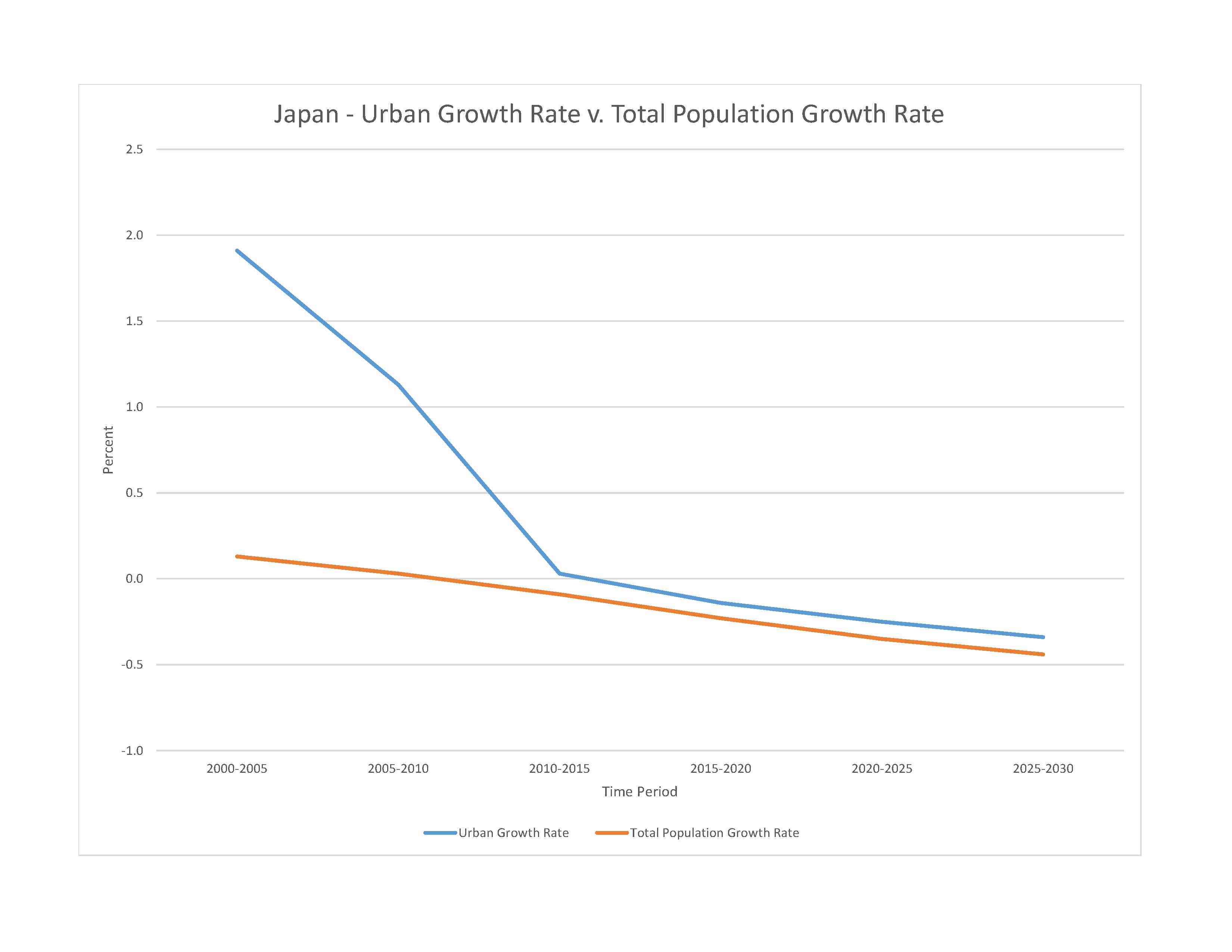
123,719,238 (2023 est.)
noun: Japanese (singular and plural)
adjective: Japanese
Japanese 97.5%, Chinese 0.6%, Vietnam 0.4%, South Korean 0.3%, other 1.2% (includes Filipino, Brazilian, Nepalese, Indonesian, American, and Taiwanese) (2022 est.)
note: data represent population by nationality; up to 230,000 Brazilians of Japanese origin migrated to Japan in the 1990s to work in industries; some have returned to Brazil
Japanese
major-language sample(s):
必要不可欠な基本情報の源、ワールド・ファクトブック(Japanese)
The World Factbook, the indispensable source for basic information.
Japanese audio sample:
Shintoism 48.6%, Buddhism 46.4%, Christianity 1.1%, other 4% (2021 est.)
note: total adherents among persons claiming a religious affiliation
0-14 years: 12.29% (male 7,835,474/female 7,370,449)
15-64 years: 58.49% (male 36,378,186/female 35,981,176)
65 years and over: 29.22% (2023 est.) (male 15,909,031/female 20,244,922)
total dependency ratio: 71.1
youth dependency ratio: 20.1
elderly dependency ratio: 51
potential support ratio: 2 (2021 est.)
total: 49.5 years (2023 est.)
male: 48 years
female: 50.9 years
-0.41% (2023 est.)
6.9 births/1,000 population (2023 est.)
11.7 deaths/1,000 population (2023 est.)
0.7 migrant(s)/1,000 population (2023 est.)
all primary and secondary regions of high population density lie on the coast; one-third of the population resides in and around Tokyo on the central plain (Kanto Plain)
urban population: 92% of total population (2023)
rate of urbanization: -0.25% annual rate of change (2020-25 est.)

37.194 million TOKYO (capital), 19.013 million Osaka, 9.569 million Nagoya, 5.490 million Kitakyushu-Fukuoka, 2.937 million Shizuoka-Hamamatsu, 2.666 million Sapporo (2023)
at birth: 1.06 male(s)/female
0-14 years: 1.06 male(s)/female
15-64 years: 1.01 male(s)/female
65 years and over: 0.79 male(s)/female
total population: 0.95 male(s)/female (2023 est.)
30.7 years (2018 est.)
4 deaths/100,000 live births (2020 est.)
total: 1.9 deaths/1,000 live births (2023 est.)
male: 2 deaths/1,000 live births
female: 1.8 deaths/1,000 live births
total population: 85 years (2023 est.)
male: 82.1 years
female: 88.1 years
1.39 children born/woman (2023 est.)
0.68 (2023 est.)
39.8% (2015)
note: percent of women aged 20-49
improved: urban: N/A
rural: N/A
total: 99.1% of population
unimproved: urban: N/A
rural: N/A
total: 0.1% of population (2020 est.)
10.9% of GDP (2020)
2.48 physicians/1,000 population (2018)
13 beds/1,000 population (2018)
improved: urban: N/A
rural: N/A
total: 99.9% of population
unimproved: urban: N/A
rural: N/A
total: 0.1% of population (2020 est.)
4.3% (2016)
total: 8.36 liters of pure alcohol (2019 est.)
beer: 1.35 liters of pure alcohol (2019 est.)
wine: 0.29 liters of pure alcohol (2019 est.)
spirits: 1.63 liters of pure alcohol (2019 est.)
other alcohols: 5.09 liters of pure alcohol (2019 est.)
total: 20.1% (2020 est.)
male: 30.1% (2020 est.)
female: 10% (2020 est.)
N/A
46.8% (2023 est.)
3.4% of GDP (2020 est.)
total population: NA
male: NA
female: NA
total: 15 years
male: 15 years
female: 15 years (2019)
NOTE: The information regarding Japan on this page is re-published from the 2024 World Fact Book of the United States Central Intelligence Agency and other sources. No claims are made regarding the accuracy of Japan 2024 information contained here. All suggestions for corrections of any errors about Japan 2024 should be addressed to the CIA or the source cited on each page.
This page was last modified 04 May 24, Copyright © 2024 ITA all rights reserved.